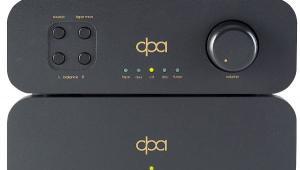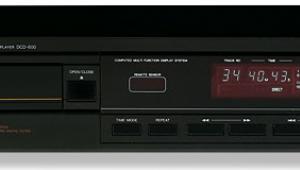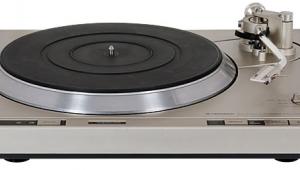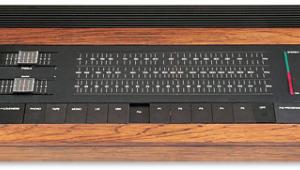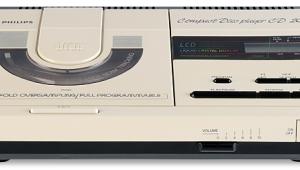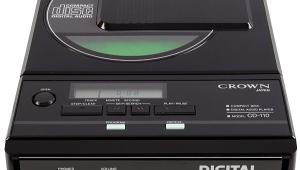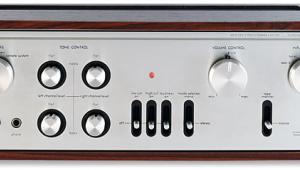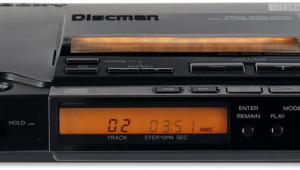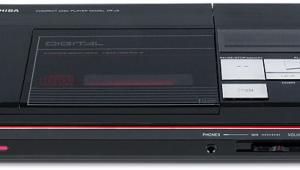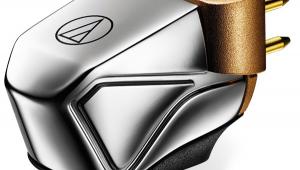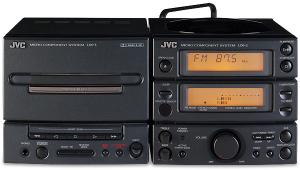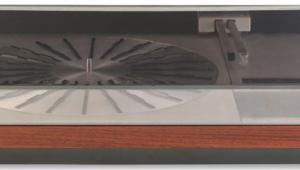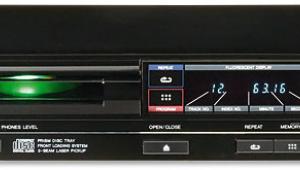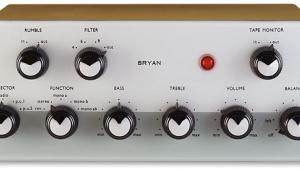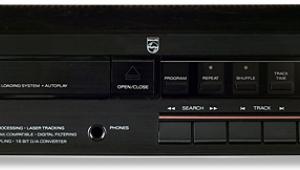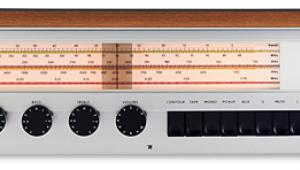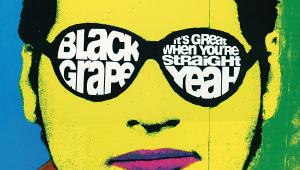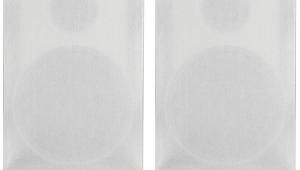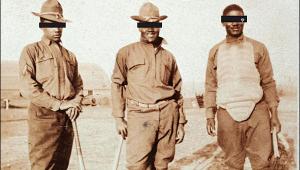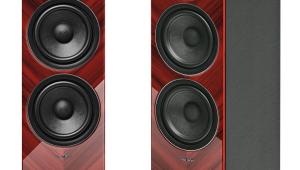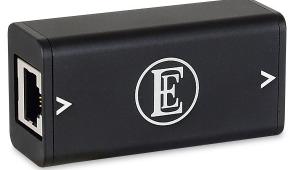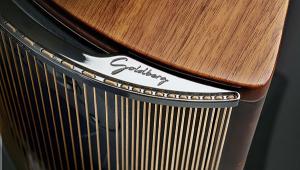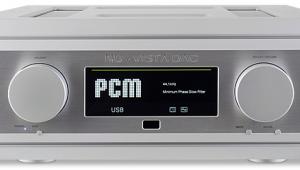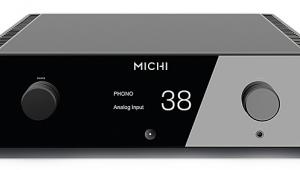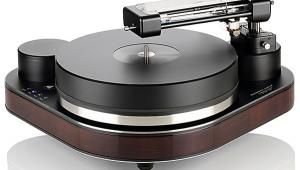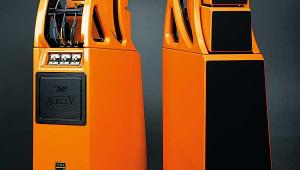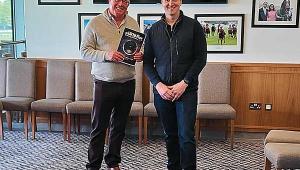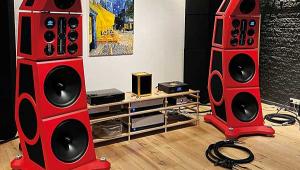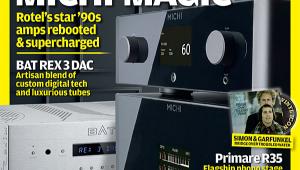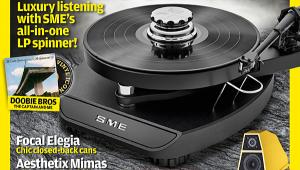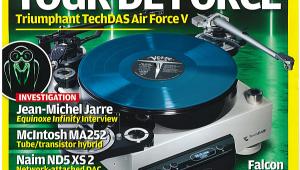Denon DCD-600 CD Player Page 2
Talking Book
The display on the other hand is generous, featuring both a track and time readout and a 'music calendar' for up to 20 tracks. An unusual addition is an indicator for discs with emphasis, a refinement to the original Red Book CD specification that was added at Denon's insistence. You won't find it on many discs, Denon's own classical catalogue being an exception. Some issues of the first Pet Shop Boys album Please [EMI CDP7462712] were also mastered with emphasis enabled, which the DCD-600 flags up when it encounters the disc.
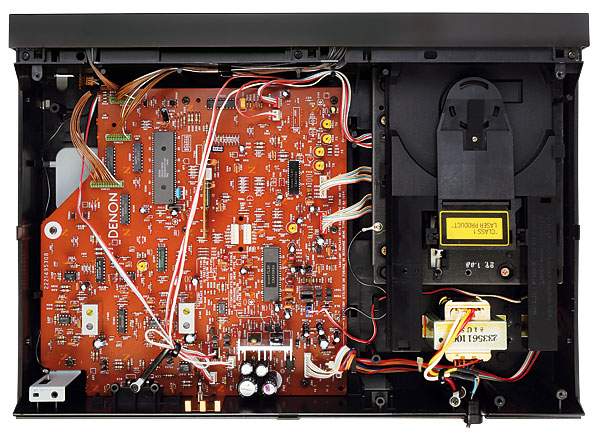
If you are frustrated by the amount of time that some older computer-based music storage systems take to get going then the DCD-600 may be just the ticket. It loads and reads data very quickly, producing music in seconds from a disc being placed in the open tray once the play button is pressed. Finally, the output is the standard 2V and is delivered through normal RCA connectors – there are no potential interfacing problems here.
![]() Tim Listens
Tim Listens
When it comes to sound quality the Denon DCD-600 is one of those products that has one initially thinking 'well what's wrong with that – why spend more?'. Its presentation is neat, tidy and well marshalled as it works its way through all manner of musical styles without ever causing offence. This is by contrast to some of the more expensive and complex Japanese players of the era that included intricate analogue filtering after the DAC. While this gives a near-ideal measured performance, at the same time it seems to rob music of much of its energy. More detailed listening reveals the DCD-600's limitations though, which are slight but well worth noting.
My first niggle is that the midband has a slightly dull, monochromatic character that dilutes the sound of some of its richness. This is subtle and could be seen as a benefit, clearing a path to vocal presence and clarity in some cases. However, sounds intended to be chesty (double bass) or creamy smooth (large woodwind) can come out as a little grey. The cure to this is well within the scope of system matching though, so if your set-up requires a source with a leaner sound then this is the sort of player that could provide the answer.
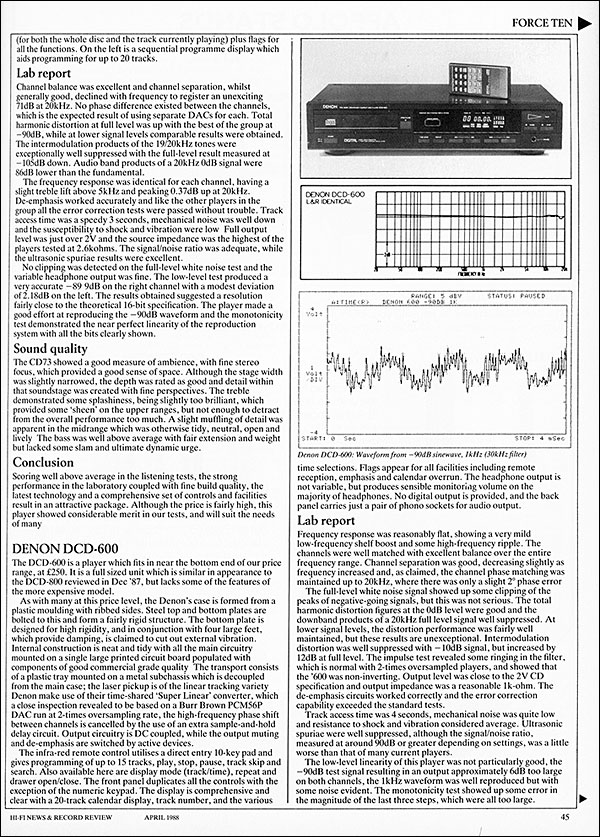
Take A Bow
The other issue is tricker to solve as it concerns stereo imaging. There is no denying that the system of analogue sample-and-hold circuits is clever and that the results it gives are a big improvement over similar players that don't have this refinement. Yet the centre location of a soloist is still diffuse when compared to best-in-class performance while front-to-rear depth is also lacking. Yes, the depth is 'lacking' as opposed to 'absent', but I've heard other machines push the music further into the room, which makes a well recorded piece really involving.
Even taking these minor gripes into account I could not fail to enjoy Mari Fujiwara playing Luigi Boccherini's Concerto in B-flat major for violoncello and orchestra [Denon DC-8121] with emphasis enabled. I'd class the sound as smooth as opposed to ultra detailed, but the bow-to-string resonances were rendered with the sense of texture that characterises a genuine musical experience. While not the most vivid sounding of players, the DCD-600 presented the piece without intrusive technical flaws, which is not always a given with this group of instruments.
An absence of mechanical noise was also noted – if only all CD players could be so quiet! Suzanne Vega's 'Institution Green' [Days Of Open Hand; A&M 395 293-2] showed the remarkably low levels of vocal colouration the Denon player exhibits. Along with this comes fine clarity and a general impression of minimal processing and fuss.

Listening to the album as a whole, the only thing that could have been improved would be a little more fizz in the percussion. Not a treble lift, just a sharper sense of focus. Without being remarkable in any particular area the DCD-600 succeeds because it does nothing really wrong. It is a pleasure to listen to because it doesn't draw attention to itself. It just gets on with the job.
Buying Secondhand
Denon DCD-600s are still easy to find and relatively inexpensive. The design is reliable and well developed so little goes wrong – most of what does is simple to resolve. Failure of the drawer to open or close properly is normally due to the loading belt, which wears out with age. Replacement is reasonably straightforward and can be done without removing the tray if you are reasonably good with your fingers.
Worn-out optical units are the other big problem, the symptom being the disc spinning wildly and not being read. Pattern replacements for the KSS-152A type employed in the DCD-600 are available, although they are not as inexpensive as some. Always remember to remove the protective solder bridge after fitting, and if you have access to an oscilloscope adjust the focus offset (FO) for the sharpest off-disc waveform once the player is up and running. This will ensure good playability with all discs.
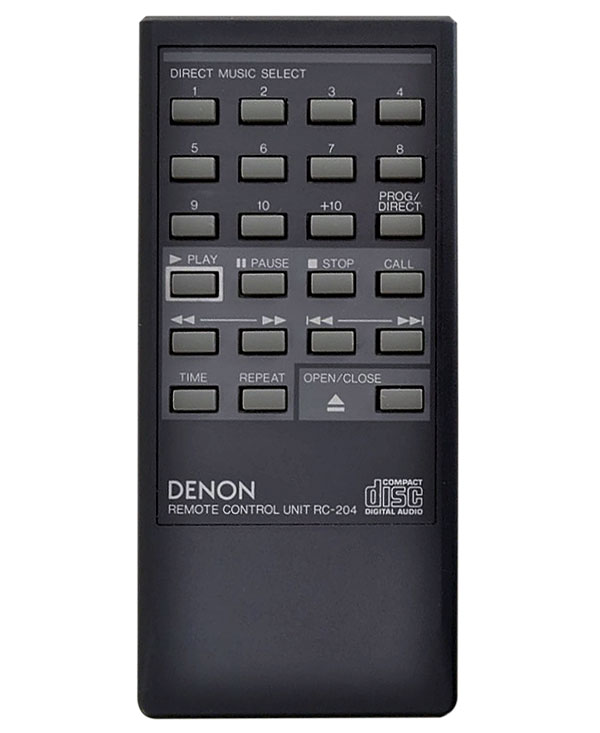
Never attempt to adjust the SLC preset control without at least a proper test disc and an accurate distortion meter, though. Fiddling with this in an attempt to 'improve the sound' will only lead to disappointment if it is done without the proper equipment.
Hi-Fi News Verdict
Denon's experience with PCM is clearly evident in the performance of the DCD-600. It sounds refined without being over the top and never trades spectacular abilities in one area for failings in another. Even at over 35 years old our sample sounded like it was working just as the designers intended while a well produced service sheet and reasonable parts availability make it a fine secondhand buy.
